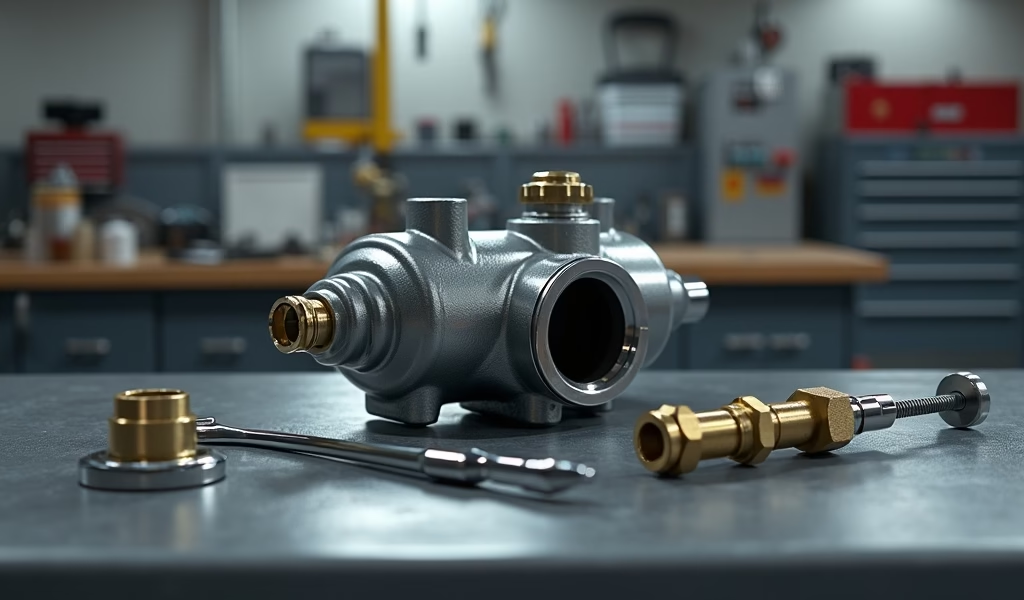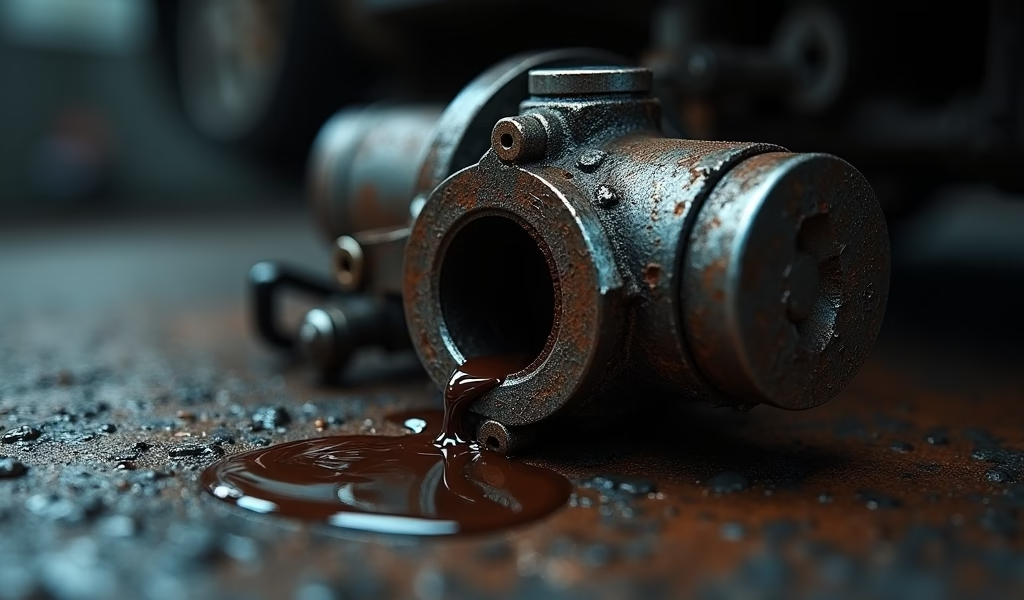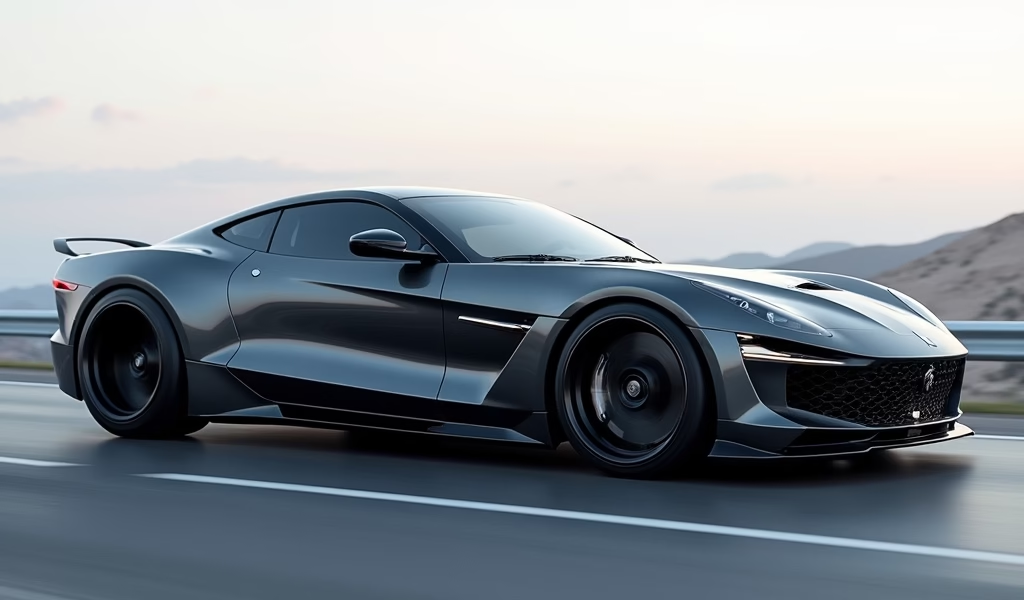Overview
This article explains the importance of selecting the correct brake master cylinder bore size, offering five key tips: match bore size to vehicle requirements, balance pedal feel with braking performance, calculate the proper size for your setup, recognize symptoms of incorrect sizing, and follow proper upgrade procedures. Proper master cylinder sizing creates the ideal balance of pedal feel and braking power, with bore size recommendations varying by vehicle type (7/8″ to 1″ for lightweight sports cars versus 1-1/4″ to 1-3/8″ for heavy-duty trucks) and requiring consideration of total caliper piston area for optimal performance.
Table of Contents
- Understanding Brake Master Cylinder Bore Size
- Tip #1: Matching Bore Size to Vehicle Requirements
- Tip #2: Balancing Pedal Feel and Braking Performance
- Tip #3: Calculating the Right Size for Your Setup
- Tip #4: Recognizing Symptoms of Incorrect Bore Size
- Tip #5: Upgrading Your Master Cylinder Properly
- Conclusion
- Frequently Asked Questions
Understanding Brake Master Cylinder Bore Size
When it comes to your vehicle’s braking system, the brake master cylinder bore size is one of those critical specifications that often flies under the radar. Think of your master cylinder as the heart of your braking system – it converts the mechanical force from your foot into hydraulic pressure that ultimately stops your vehicle.
The bore size – the diameter of the cylinder where the piston moves – determines how effectively this pressure is created and distributed. Too small, and you’ll have a soft, spongy pedal that requires excessive travel. Too large, and you’ll need legs like a powerlifter just to stop at a red light.
I’ve been working on braking systems for over 15 years, and I can tell you that getting this specification right makes all the difference between brakes that feel confident and responsive versus ones that feel unpredictable or exhausting to use.
Many drivers don’t realize that the brake system hydraulic pressure is directly influenced by this seemingly small measurement. A difference of just a few millimeters in bore diameter can completely transform your braking experience.
Let’s dive into five essential tips that will help you understand, diagnose, and optimize your brake master cylinder bore size for the best possible performance.
Tip #1: Matching Bore Size to Vehicle Requirements
Your vehicle wasn’t designed with a random master cylinder bore size – engineers carefully calculated the optimal dimensions based on several factors. Vehicle weight is perhaps the most crucial consideration – heavier vehicles generally need larger bore sizes to generate sufficient pressure.
For instance, a full-size truck typically uses a master cylinder with a bore diameter between 1-1/8″ to 1-1/4″, while a lightweight sports car might use something closer to 7/8″ to 1″. This difference isn’t arbitrary – it’s physics at work.
The type of brakes on your vehicle also plays a significant role. Disc brakes require different pressure characteristics than drum brakes. If you’re running a mixed setup (discs front, drums rear), you’ll need a master cylinder sized to accommodate this arrangement.
Here’s a general guideline for matching bore size to vehicle type:
- Lightweight sports cars: 7/8″ to 1″
- Mid-size sedans and coupes: 1″ to 1-1/8″
- Full-size sedans and light trucks: 1-1/8″ to 1-1/4″
- Heavy-duty trucks and SUVs: 1-1/4″ to 1-3/8″
Remember, these are starting points, not absolute rules. If you’ve modified your vehicle with bigger brakes or significantly changed its weight, you may need to adjust accordingly.
I once had a customer who swapped massive performance brakes onto his vintage Mustang but kept the original master cylinder. He couldn’t understand why his brakes felt terrible despite the expensive upgrade. The solution was simple – his new setup needed a master cylinder with a larger bore to provide adequate fluid volume.

Tip #2: Balancing Pedal Feel and Braking Performance
The relationship between master cylinder bore size and pedal feel is beautifully simple yet critically important. A smaller bore creates higher pressure with less effort but requires more pedal travel. A larger bore moves more fluid with less pedal travel but demands more leg force.
This hydraulic relationship affects how your brakes feel in daily driving. Finding that sweet spot is like choosing the perfect mattress – not too firm, not too soft, and supportive exactly where you need it.
When selecting a master cylinder, consider your personal preferences and driving style. Do you prefer a firm pedal with minimal travel, or do you like a longer, more progressive feel? Performance drivers often prefer the former, while daily commuters might appreciate the latter.
The brake pedal ratio calculation also comes into play here. Your vehicle’s pedal geometry creates a mechanical advantage that works with the master cylinder bore size to determine the overall feel. A higher ratio (more mechanical advantage) can compensate for a larger bore size, maintaining reasonable pedal effort.
In my shop, I’ve found that most drivers prefer a master cylinder that allows the brakes to engage within the first inch or so of pedal travel, with progressive resistance as they press harder. This gives confidence-inspiring initial bite while still providing good modulation for smooth stopping.
According to research from the Society of Automotive Engineers, the ideal brake pedal feel combines moderate effort (about 15-20 pounds of force) with modest travel (1-2 inches) to achieve deceleration rates of 0.3g for normal driving.
Tip #3: Calculating the Right Size for Your Setup
When upgrading your braking system or troubleshooting issues, knowing how to calculate the appropriate master cylinder bore size can save you from expensive trial and error. The calculation isn’t complicated once you understand the principles.
The most important measurement is the total piston area of all your brake calipers or wheel cylinders. For each caliper or wheel cylinder, multiply the piston area by the number of pistons, then add these values together for the entire system.
A general rule of thumb is that the master cylinder piston area should be approximately 1/3 to 1/5 of the total caliper piston area for a dual-circuit system. This ratio provides good pedal feel and effective pressure multiplication.
For example, if your four-wheel disc brake system has a total caliper piston area of 15 square inches, your master cylinder piston area should be between 3 and 5 square inches. Working backward, a master cylinder with a 1″ bore has a piston area of about 0.785 square inches.
Don’t forget to consider your master cylinder reservoir capacity when making changes. A larger bore typically requires more fluid, and you’ll need adequate reservoir volume to accommodate this.
I remember helping a customer who was building a hot rod with massive six-piston front calipers and four-piston rears. We calculated he needed a 1-1/8″ bore master cylinder based on his total piston area, which was significantly larger than what he had initially planned to use. After the correct installation, his brakes went from scary to spectacular.
If math isn’t your strong suit, don’t worry. Many performance brake manufacturers offer online calculators or customer support to help you determine the right bore size for your specific application, as noted by Motor Trend’s brake system guide.
Tip #4: Recognizing Symptoms of Incorrect Bore Size
Identifying brake issues related to master cylinder bore size can help you solve problems quickly. Here are the telltale signs that your bore size might be mismatched to your braking system:
When your master cylinder bore is too small for your braking system, you’ll typically experience:
- A spongy, soft brake pedal that sinks toward the floor
- Excessive pedal travel before brakes engage
- The need to pump the brakes to build adequate pressure
- Poor braking performance despite firm pedal feel after pumping
Conversely, when your master cylinder bore is too large, you might notice:
- An extremely firm, hard pedal that requires significant force
- Limited pedal travel, even during hard braking
- Leg fatigue during stop-and-go driving
- Difficulty locking up wheels even under heavy braking
I’ve seen countless cases of drivers chasing “spongy brake” gremlins with endless bleeding, new brake lines, and component replacements, only to discover the master cylinder bore size was the culprit all along.
One particularly memorable case involved a customer who had upgraded to larger front disc brakes but kept his original master cylinder. He complained about a pedal that felt like “stepping on a marshmallow.” After verifying his system was properly bled, we installed a master cylinder with a larger bore size, which immediately transformed his braking experience.
Before jumping to the conclusion that your master cylinder bore size is wrong, rule out other common issues like air in the lines, leaking seals, or worn brake pads. These problems can mimic the symptoms of an incorrectly sized master cylinder.

Tip #5: Upgrading Your Master Cylinder Properly
If you’ve determined that your master cylinder bore size needs changing, doing the upgrade correctly is crucial for safety and performance. Here’s how to approach it:
First, select a quality master cylinder from a reputable manufacturer. Companies like Wilwood, Baer, and Brembo offer excellent options with various bore sizes. Avoid the temptation of ultra-cheap alternatives – this is not the component to skimp on.
Consider whether you need a direct replacement or a universal master cylinder. Direct replacements are designed specifically for your vehicle and typically bolt right in. Universal options offer more flexibility but may require adapter brackets or custom plumbing.
When installing, pay special attention to the pushrod length and adjustment. The pushrod connects your brake pedal to the master cylinder piston, and improper length can cause pre-loading (pushrod too long) or excessive free play (pushrod too short). Either condition can seriously compromise braking performance.
After installation, bleeding the system properly is absolutely critical. Start with the brake furthest from the master cylinder and work your way closer. Use quality DOT-approved brake fluid that matches your vehicle’s specifications.
The experts at StopTech Technical Support recommend bench bleeding new master cylinders before installation to remove internal air pockets, which can be difficult to purge once installed.
I always advise my customers to test their new master cylinder thoroughly in a safe environment before hitting public roads. Do several moderate stops from low speeds, then gradually increase both speed and braking force to ensure the system performs as expected.
Remember that changing your master cylinder bore size may also require adjusting your proportioning valve to maintain proper front-to-rear brake bias. This is especially important if you’re upgrading to a significantly different bore size.
Conclusion
Understanding and optimizing your brake master cylinder bore size isn’t just about performance – it’s about safety and driving enjoyment. The right bore size creates that perfect balance of pedal feel, braking power, and confidence that makes driving a pleasure rather than a chore.
Whether you’re restoring a classic, upgrading a daily driver, or building a performance machine, these five tips will help you navigate the sometimes confusing world of master cylinders with confidence. Remember that braking systems work as a harmonious whole – changing one component often necessitates adjustments to others.
Don’t be afraid to seek professional help if you’re uncertain about calculations or installation procedures. A properly sized and installed master cylinder will provide years of reliable service and could literally be a lifesaver in an emergency situation.
The next time you press your brake pedal and feel that smooth, progressive resistance followed by confident stopping power, you’ll appreciate the critical role that your master cylinder’s bore size plays in creating that experience. Safe driving!
Frequently Asked Questions
What happens if my master cylinder bore is too small?
A master cylinder with too small a bore will create a soft, spongy pedal that requires excessive travel to build pressure. You’ll likely need to pump the brakes to achieve full stopping power.
Can I use any master cylinder as long as it fits my car?
No, the master cylinder must have an appropriate bore size for your specific braking system components and vehicle weight. Using the wrong size can severely compromise braking performance and safety.
How do I know what size bore my current master cylinder has?
Check your vehicle’s service manual or measure the diameter of the piston inside the cylinder. Alternatively, most master cylinders have the bore size stamped on them or listed in the part number.
Will changing my master cylinder bore size affect my ABS system?
Yes, significantly changing the master cylinder bore size can affect ABS operation. Modern ABS systems are calibrated for specific pressure characteristics, so consult with a professional before making changes.
Is a larger bore size always better for performance applications?
Not necessarily – the ideal bore size depends on your specific setup, including caliper piston area, pedal ratio, and driving preferences. A properly matched bore size is better than simply going larger.

